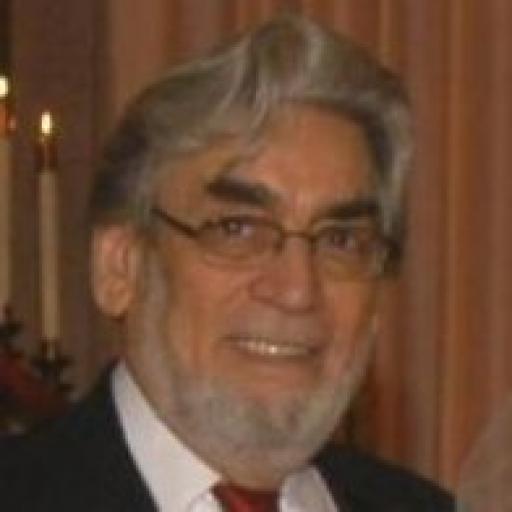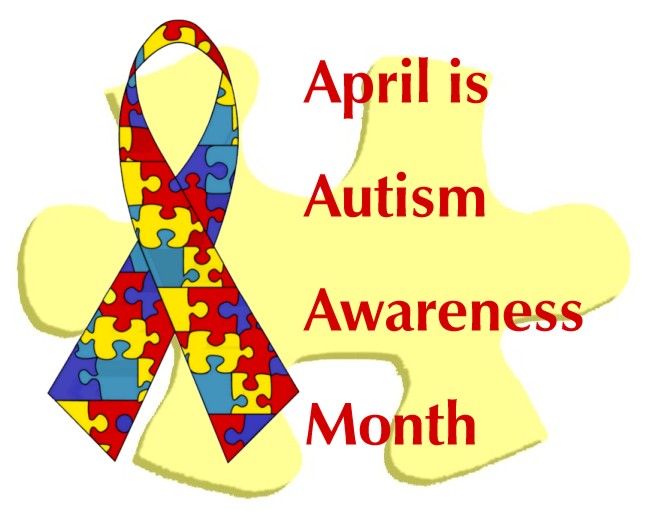
About Autism

 What Is Autism? What is Autism Spectrum Disorder?
What Is Autism? What is Autism Spectrum Disorder?
Autism, Autism spectrum disorder (ASD), and Aspergers Syndrome are general terms for a group of complex disorders of brain development. These disorders are characterized, in varying degrees, by difficulties in social interaction, verbal and nonverbal communication and repetitive behaviors.
On March 27, 2015 NewsTalkers published an article [ 1 ] regarding a Johns Hopkins-led team of researchers that has identified a new genetic cause of the disease. The rare genetic variant offers important insights into the root causes of autism, the researchers say. And, they suggest, their unconventional method can be used to identify other genetic causes of autism and other complex genetic conditions. A daughter of NewsTalkers Resident Advisor, Perrie Halpern, was an intern at that lab and worked on that project.
The Centers for Disease Control and Prevention (CDC) indicate that approximately 1 in 68 American children are on the autism spectrum. More specifically, its estimated that 1 in 42 boys, and 1 in 189 girls are diagnosed with autism in the US.
This new estimate is roughly 30 percent higher than previous estimates reported in 2012 of 1 in 88 children.
Autism does not discriminate across cultures, ethnicities, or Social Economic Status.
There is no definitive explanation for the increase in rates of diagnosis, however improved awareness and environmental factors are often given a potential reasons.
General consensus is that there is no single cause of autism, and further, it is likely to actually be a number of different developmental brain disorders that produce similar presentations.
Autism Speaks notes that most cases of autism are thought to result from a combination of genetic predisposition and triggering environmental events that serve to influence early brain development.
Autism Speaks notes that new research published in 2012 suggests that autism costs $126 billion dollars a year in the US, a number that has tripled from estimates in 2006.
The CDC states that data from 2008 indicates individuals with an ASD had average medical expenditures that exceeded those without an ASD by $4,110$6,200 per year. On average, medical expenditures for individuals with an ASD were 4.16.2 times greater than for those without an ASD.
However, research has found that non-medical costs, for things like behavioral intervention, special education, and residential placements, account for the greatest proportion of expenses.
The costs of autism per year are nearly twice as high on average for children and adults with intellectual disability than for those without intellectual disability.
The Autism Society estimates that 60% of annual costs of autism are from the needs of adults on the spectrum, in particular for residential care across the adult lifespan.
Sources;
Developmental Disabilities Institute
Autism Speaks
Johns Hopkins Medicine

I have a nephew that is autistic, he is now an adult and is doing fine. He was a wonderful, fascinating, brilliant child as he grew up. Everybody in the family loves Matt.
I was first introduced to autism when I was selling real estate back in the 70's. I met author Barry Neil Kaufman through a fellow Real Estate agent. Barry had written a best selling book called Son-Rise about his 5 year old autistic son, Raun, and was looking for a suitable site to build a learning center for autistic children. I couldn't find a listing in our market area that met the particular requirements he was looking for, so I referred him to an agent in Massachusetts who found him the site that is now the location of the Autism Treatment Center of America . Today Raun Kaufman is the Director of Global Education for the Autism Treatment Center of America.
Barry kaufman has since written a sequel " Son-Rise; The Miracle Continues ". The link will take you to the forward written by Raun, and allows free access to the entire text of the book.
One in 68 U.S. children has an autism spectrum disorder (ASD), a 30% increase from 1 in 88 two years ago, according to a new report releasedMar 28, 2014by the Centers for Disease Control and Prevention.
Is this an increase in occurrences, or is it an increase in the number of diagnoses recognized as ASD?